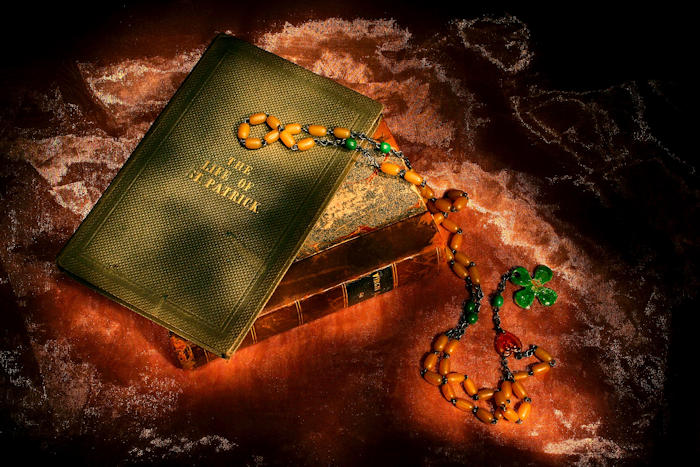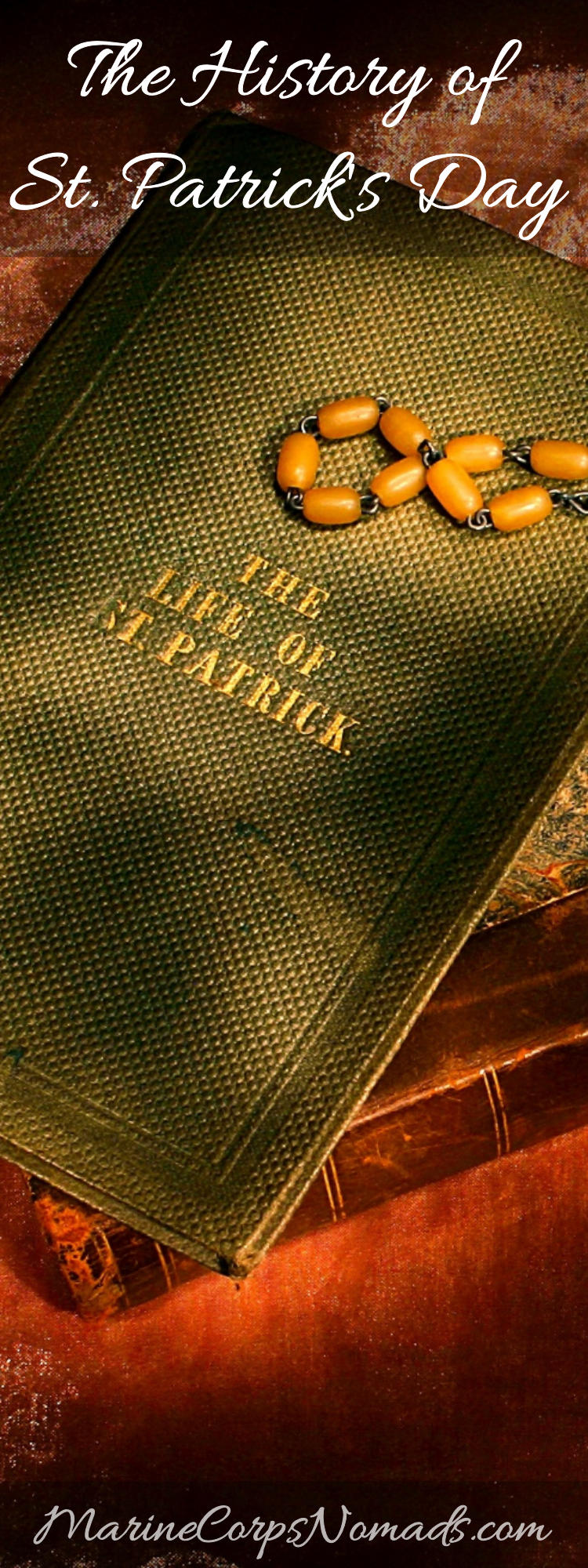
Who was St. Patrick?
St. Patrick is one of the most popular saints. He was captured and enslaved as a young teen by pagans and druids. While he was in captivity, he came to believe in God. When he was 20, he escaped from slavery and returned home to his family and started his studies to become a priest.
This humble man was known for using shamrocks to explain the trinity. His methods and message brought many to Christ. His dedication to Christ and the mission that he was given was a shining example to those around him. He often lived in poverty and endured hardship and suffering during his travels to complete his mission.
The Breastplate
by St. Patrick
Christ be within me,
Christ behind me,
Christ before me,
Christ beside me,
Christ to win me,
Christ to comfort and restore me,
Christ beneath me,
Christ above me,
Christ inquired,
Christ in danger,
Christ in hearts of all that love me,
Christ in mouth of friend and stranger.
There are many myths that surround St. Patrick including the famous story of his banishing all the snakes from Ireland. Stories that have a kernel of truth tend to get embellished and changed over the years since his death.

St. Patrick’s Day Feast
The Irish have observed St. Patrick’s Day as a religious holiday for over 1,000 years. The celebration honors the life of St. Patrick and is observed on the anniversary of his death March 17.
In 1737, Irish immigrants to the United States began observing the holiday publicly in Boston and held the first St. Patrick’s Day Parade in New York City in 1762.

Modern St. Patrick’s Day
St. Patrick’s Day, while still observed by some as a religious holiday, has transformed into a secular holiday. People from all heritages and beliefs now observe the holiday by wearing green, eating Irish food, and attending parades. Shamrocks, leprechauns, the luck of the Irish, and pinching those who are no wearing green are only a some of the folklore that surround St. Patrick’s Day.
Whether St. Patrick’s Day is observed as a religious holiday or a time to take part in some Irish folklore, it’s a time of celebration for all involved.



we celebrated too
see my home schooling blog
jen